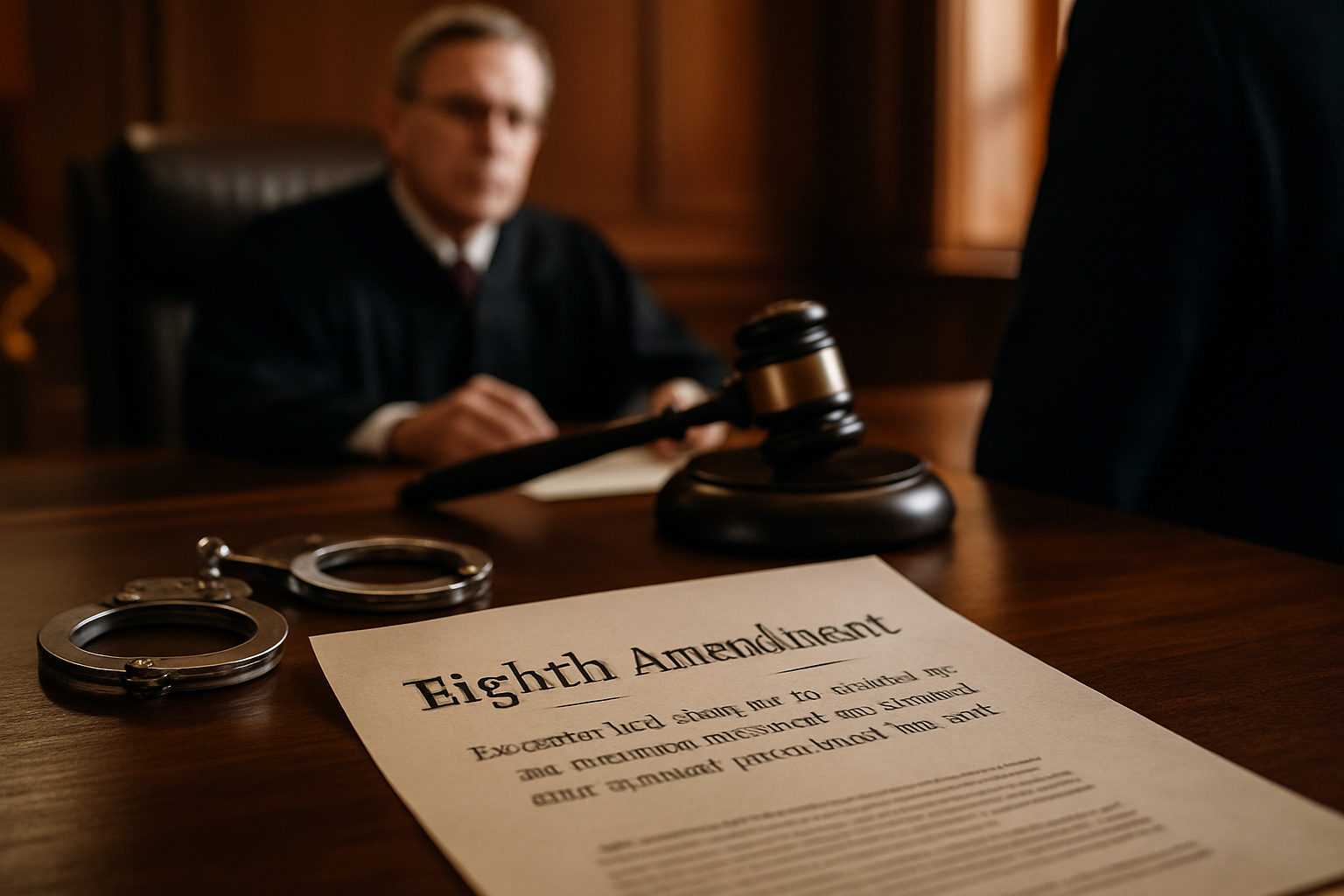Judicial Review of Administrative Agencies: Power and Limits
The doctrine of judicial review over administrative agency actions represents one of the most nuanced aspects of American constitutional governance. It establishes a critical check on executive power while simultaneously respecting agency expertise. This legal framework determines how courts evaluate decisions made by federal agencies, from the Environmental Protection Agency to the Securities and Exchange Commission. As administrative agencies increasingly shape everyday life through rulemaking and enforcement, understanding the evolving standards of judicial review becomes essential for citizens, businesses, and government officials alike. The balance between judicial oversight and administrative autonomy continues to evolve with each Supreme Court term.

The Historical Development of Administrative Review
The concept of judicial review over administrative actions wasn’t explicitly outlined in the Constitution. Instead, it developed organically as the administrative state expanded during the Progressive Era and New Deal. The Administrative Procedure Act (APA) of 1946 marked a watershed moment, establishing formal procedures for agency actions and providing statutory grounds for judicial review. Prior to the APA, courts struggled with a patchwork approach to reviewing agency decisions, creating inconsistent standards and unpredictable outcomes. The Supreme Court initially showed great deference to agency interpretations, particularly during the New Deal era when courts recognized the need for administrative expertise in addressing complex economic and social problems. This historical tension between judicial authority and administrative autonomy established the foundation for modern administrative law doctrines that continue to evolve today.
The Chevron Doctrine and Its Significance
In 1984, the Supreme Court issued its landmark decision in Chevron U.S.A., Inc. v. Natural Resources Defense Council, establishing what became known as “Chevron deference.” This two-step framework revolutionized judicial review of agency interpretations. First, courts determine whether Congress directly addressed the precise issue. If Congress’s intent is clear, both courts and agencies must follow it. If the statute is ambiguous, courts defer to an agency’s reasonable interpretation. This doctrine recognized agencies’ political accountability and subject-matter expertise. For decades, Chevron served as the cornerstone of administrative law, providing agencies significant interpretive authority while maintaining judicial oversight. The doctrine created predictability for regulated entities and allowed agencies flexibility to adapt regulatory frameworks to changing circumstances without constant congressional intervention. However, recent Supreme Court terms have featured significant challenges to this longstanding principle.
The Modern Challenges to Administrative Deference
The once-settled landscape of administrative deference has faced increasing scrutiny from the judiciary, legal scholars, and legislators. Critics argue that excessive deference abdicates the judicial duty to interpret law and violates separation of powers principles. Several Supreme Court justices have signaled willingness to reconsider or limit Chevron’s scope. Cases like Kisor v. Wilkie (2019) narrowed deference to agency interpretations of their own regulations. More fundamentally, the Court’s revival of the “major questions doctrine” in cases like West Virginia v. EPA (2022) established that agencies require clear congressional authorization for decisions of vast economic and political significance. This doctrinal shift reflects growing judicial skepticism toward administrative power and represents a significant rebalancing of authority between the branches. Recent Supreme Court appointments have accelerated this trend, with newer justices generally expressing greater skepticism toward administrative authority than their predecessors.
Procedural Constraints on Agency Action
Beyond substantive deference doctrines, courts impose significant procedural requirements that constrain administrative agencies. The APA establishes distinct procedures for different agency actions - informal rulemaking requires notice and comment periods, while formal adjudications demand trial-like processes. Courts vigorously enforce these procedural requirements, frequently invalidating agency actions for procedural deficiencies rather than addressing substantive policy questions. The “hard look” doctrine requires agencies to provide thorough explanations for their decisions, consider relevant factors, and respond meaningfully to significant public comments. Courts have increasingly demanded comprehensive administrative records and detailed explanations for policy shifts, particularly when agencies reverse longstanding positions. These procedural requirements serve as practical limitations on agency discretion even when courts nominally defer to substantive judgments, creating a robust framework of accountability that operates alongside substantive review standards.
The Future of Judicial Review in Administrative Law
The trajectory of judicial review over administrative actions appears to be moving toward heightened scrutiny and reduced deference. The Supreme Court’s recent decisions suggest a fundamental recalibration of the relationship between courts and agencies. This shift carries profound implications for regulatory stability and administrative governance. Agencies may respond by providing more exhaustive justifications for their actions and seeking explicit congressional authorization for major initiatives. Congress may need to legislate with greater specificity to ensure agencies maintain necessary regulatory authority. For businesses and individuals, this evolving landscape creates both opportunities and challenges - greater judicial scrutiny may provide additional avenues to challenge burdensome regulations but could also introduce regulatory uncertainty as established frameworks face new judicial tests. This evolution reflects broader constitutional debates about separation of powers and the proper role of unelected administrators in a democratic system.
The Practical Impact on Governance and Society
The technical doctrines of administrative judicial review ultimately translate into real-world consequences for governance and society. Greater judicial scrutiny can protect against regulatory overreach but risks hampering agencies’ abilities to address emerging challenges efficiently. Environmental regulations, workplace safety standards, financial regulations, and countless other administrative actions shape daily life and economic activity. The standards courts apply when reviewing these actions therefore have profound practical implications. Looking forward, finding the proper balance remains essential - maintaining meaningful judicial checks while allowing administrative expertise to function effectively. Citizens and businesses navigate a regulatory environment fundamentally shaped by these judicial doctrines, even if the technical legal principles remain invisible to most. As this area of law continues to evolve, its importance to effective governance and individual rights only grows.





